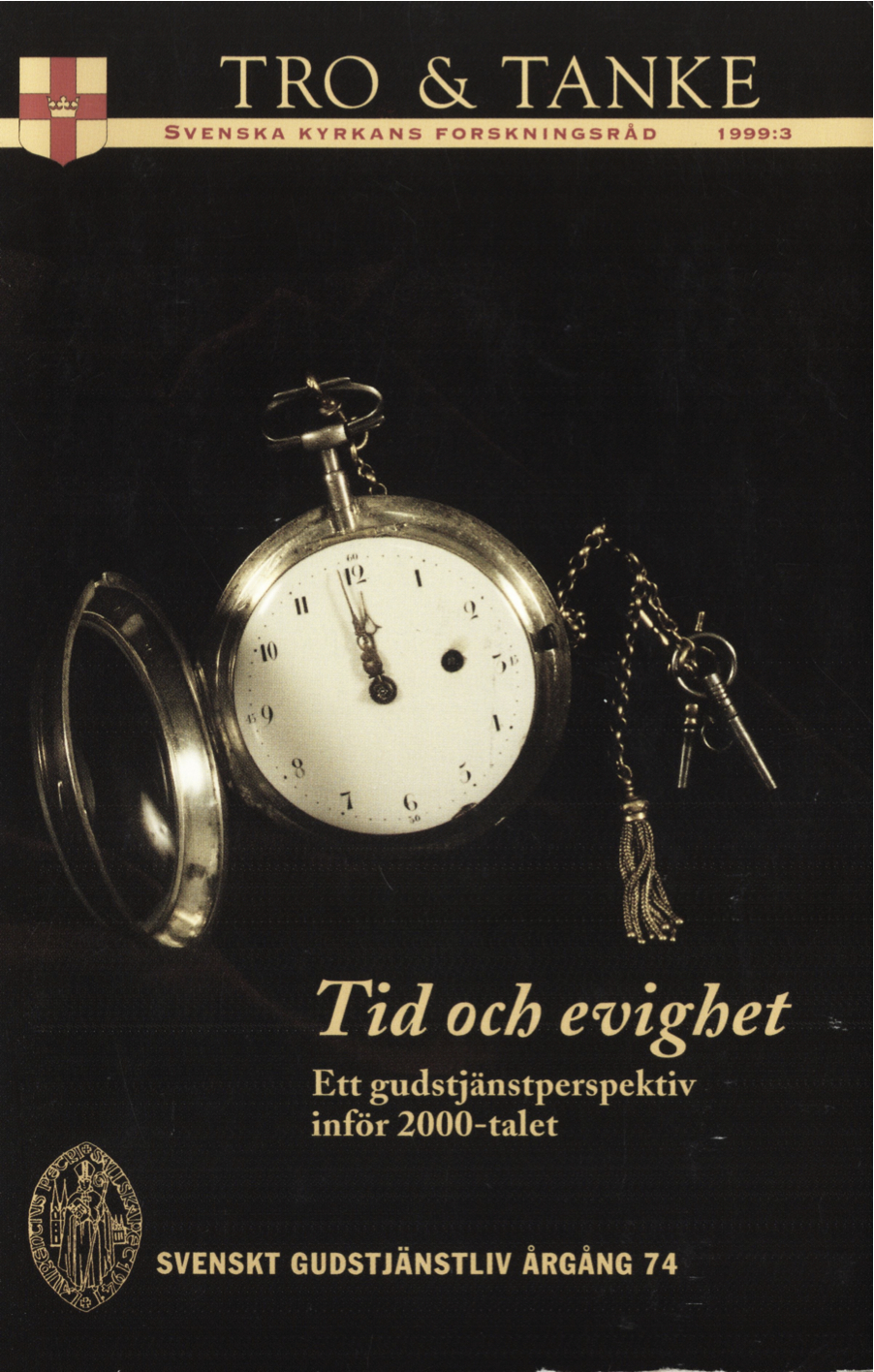Tiden och liturgin Bidrag till en gudstjänstens teologi
Abstract
Man exists in the category of time. From conception on, human beings are processes; growing, coming of age, becoming more and more what was previously no more than a potentiality. But time is running out, and this is being felt more and more in a society where old age is no more considered an asset but a handicap.
Everybody, even the believer, fears death as the possible, final extinction. So, time becomes the name of their worst enemy.
It can be argued that religious worship, Christian or not, is a way of coming to grips with time escaping. Time is an important category in the Jewish-Christian revelation, probably more so than in any other religious context. Revelation, by its very essence, is history— the history of salvation.
Thus, salvation cannot be imagined in any other way than in the category of time. For Christians, the Incarnation of Christ is the peak of history. It means that God, who is outside time and space, enters time, and time becomes a dimension of God. God subjects himself to the limitations of hum an existence, including death.
The terrestrial life of Jesus takes place according to the eternal plan of salvation. Jesus “must” act with a view to his “hour”. Christians are Co- involved in this plan. The conditions of the people surrounding the terrestrial Jesus become theirs. Liturgy and interior prayer have the same scope: the believers identify themselves with the people around Jesus. It can be said that time, meaning the time span of an individual life as well as of human history at large, is saved in this way. Salvation is the salvation of time.
It is the contention of the present author that Christian liturgy offers to the believers the means of becoming contemporary with the saving events of salvation history, including the terrestrial life of Christ. Even if little has been said throughout the centuries in terms of liturgical theory, it becomes apparent from liturgical texts that the liturgy is seen as a re-enactment of these events, with the worshippers invited to become involved, as if these very events take place here and now. The most evident example hereof is the liturgical today and its equivalents, which form such an important part of many hymns, antiphons, and sermons from the most different parts of Christian tradition; Orthodox, Catholic, and Protestant. In liturgy, the liturgical today is interlaced with the in illo tempore of salvation history.
Thus, the opposition of cyclical and linear time, a theory developed by Cullmann, is overcome. The repeated cycles of the liturgical year involve the worshippers in the linear movement towards the Day of the Lord.
Downloads
Publicerad
Nummer
Sektion
Licens
© författarna, Laurentius Petri Sällskapet för svenskt gudstjänstliv samt Artos & Norma bokförlag. Det är tillåtet att kopiera och använda material ur Svenskt Gudstjänstliv för forskningsändamål om källan anges. För övriga ändamål kontakta respektive artikelförfattare samt förlaget. Särskilda restriktioner kan gälla för bildmaterial.


